Thierry Legou
LPL
Assessing the Circadian Rhythm of Cats Living in a Group using Accelerometers
Oct 09, 2024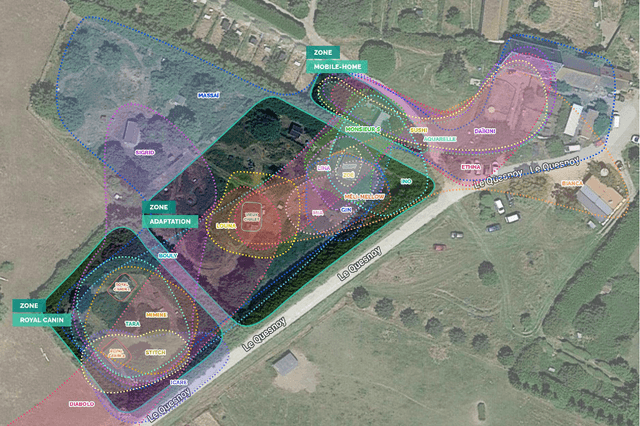
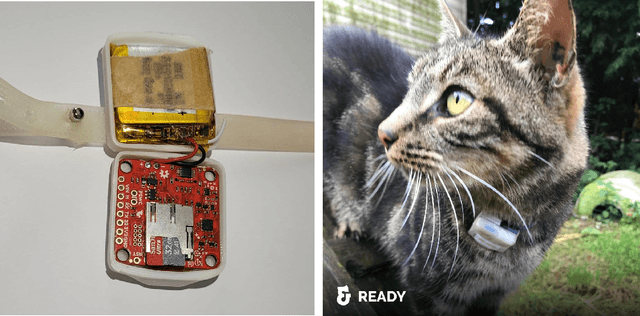
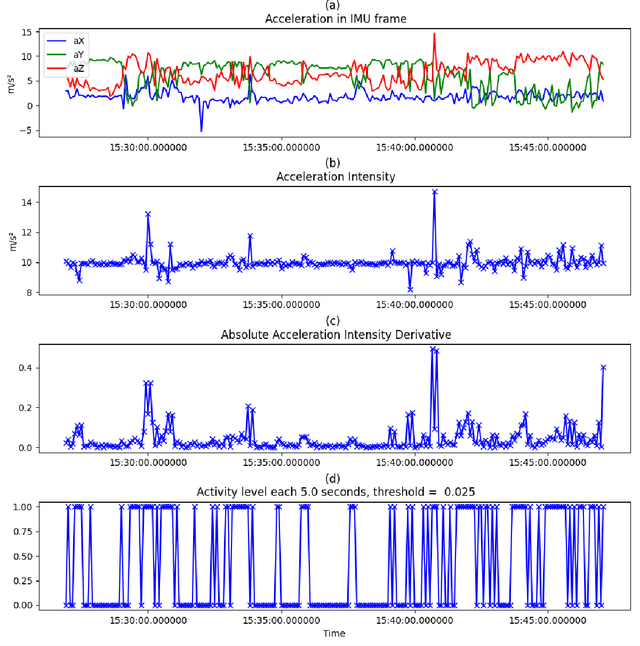
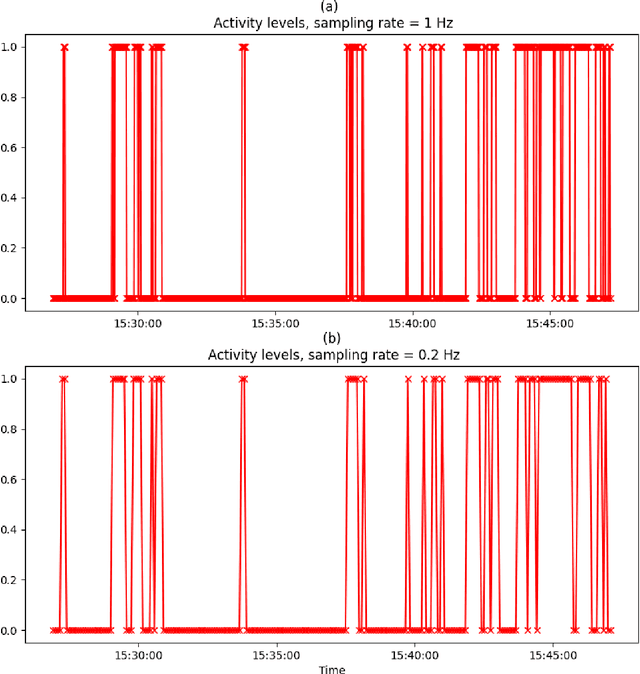
Abstract:This study explores the biological rhythms of domestic cats. Twelve cats from the AVA shelter in Cuy-Saint-Fiacre, France, participated in the experimental study, wearing collars equipped with IMU sensors for about three weeks. Recorded data were analyzed to measure the cats activity and to gain further insights into their biological rhythms. We first determined the time budget of the cats by categorizing behavior into inactivity and activity. Next, we analyzed the day/night activity repartition and the hourly distribution of activity. Results showed an average of 14.5% of global activity and a higher activity during the day in comparison with the night. Moreover, a bimodal activity pattern with increased activity at the time of the caretaker's interventions at feeding time was found.
Detecting human and non-human vocal productions in large scale audio recordings
Feb 14, 2023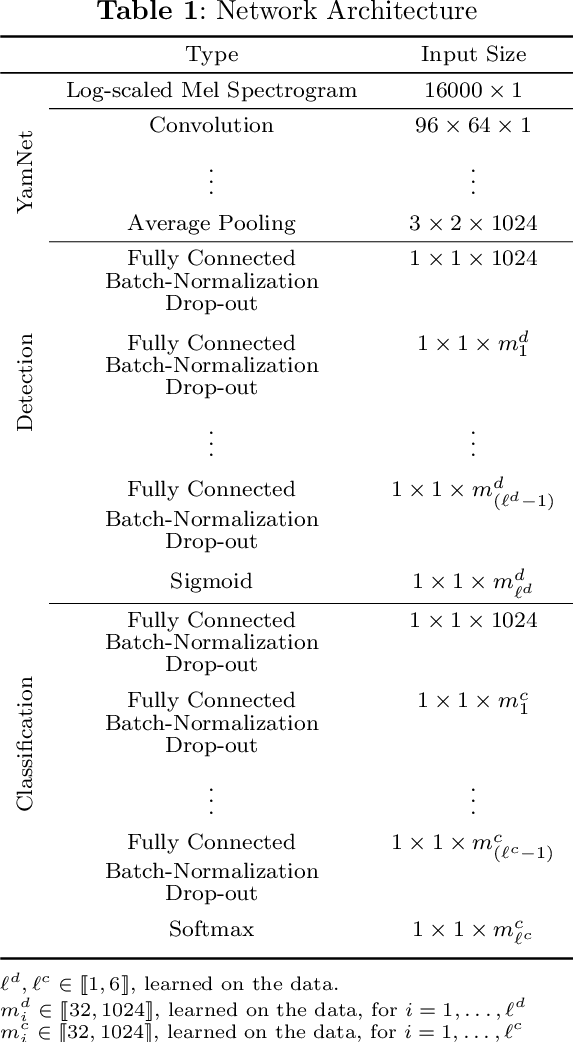
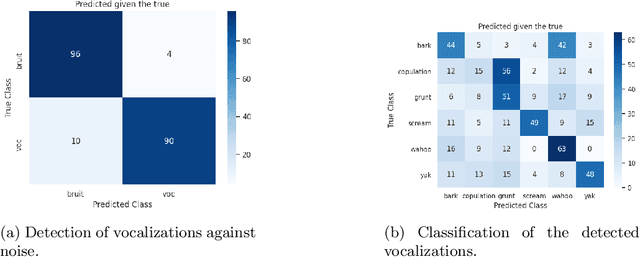

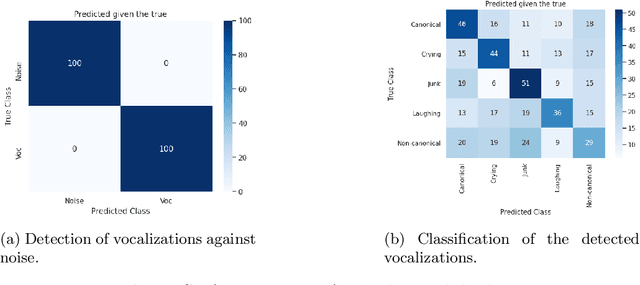
Abstract:We propose an automatic data processing pipeline to extract vocal productions from large-scale natural audio recordings. Through a series of computational steps (windowing, creation of a noise class, data augmentation, re-sampling, transfer learning, Bayesian optimisation), it automatically trains a neural network for detecting various types of natural vocal productions in a noisy data stream without requiring a large sample of labeled data. We test it on two different data sets, one from a group of Guinea baboons recorded from a primate research center and one from human babies recorded at home. The pipeline trains a model on 72 and 77 minutes of labeled audio recordings, with an accuracy of 94.58% and 99.76%. It is then used to process 443 and 174 hours of natural continuous recordings and it creates two new databases of 38.8 and 35.2 hours, respectively. We discuss the strengths and limitations of this approach that can be applied to any massive audio recording.
 Add to Chrome
Add to Chrome Add to Firefox
Add to Firefox Add to Edge
Add to Edge